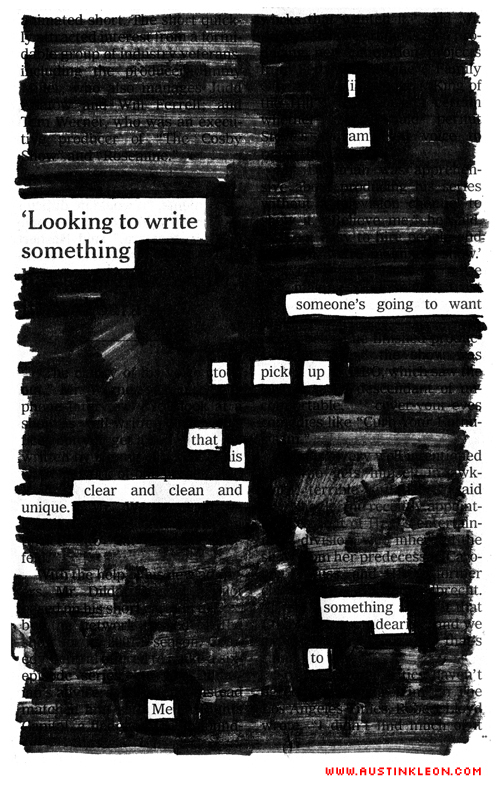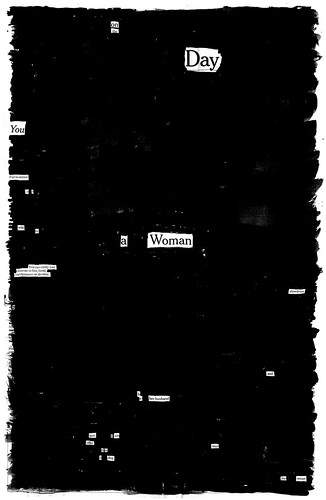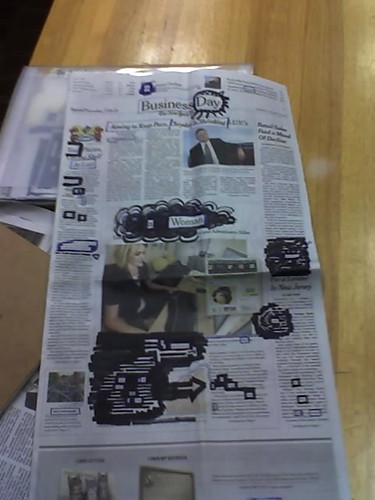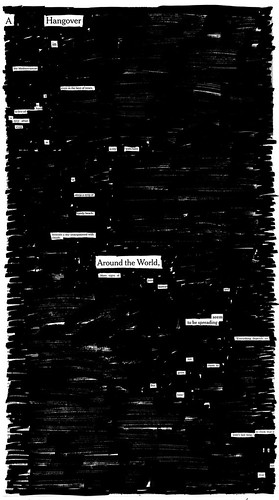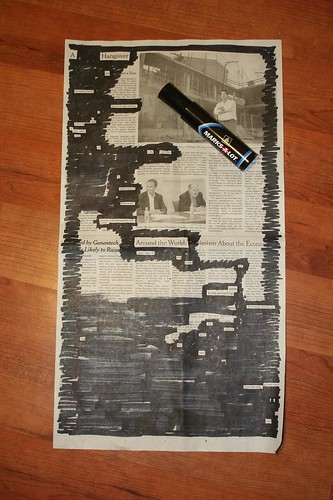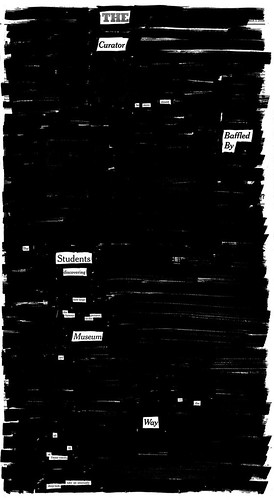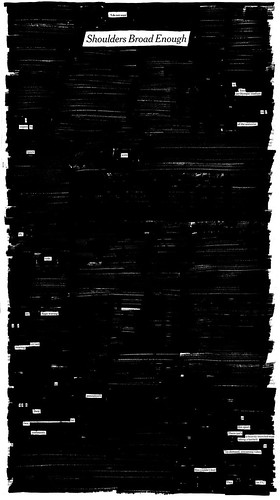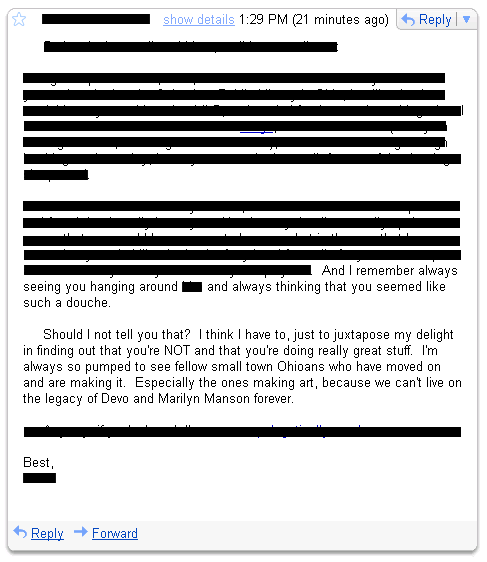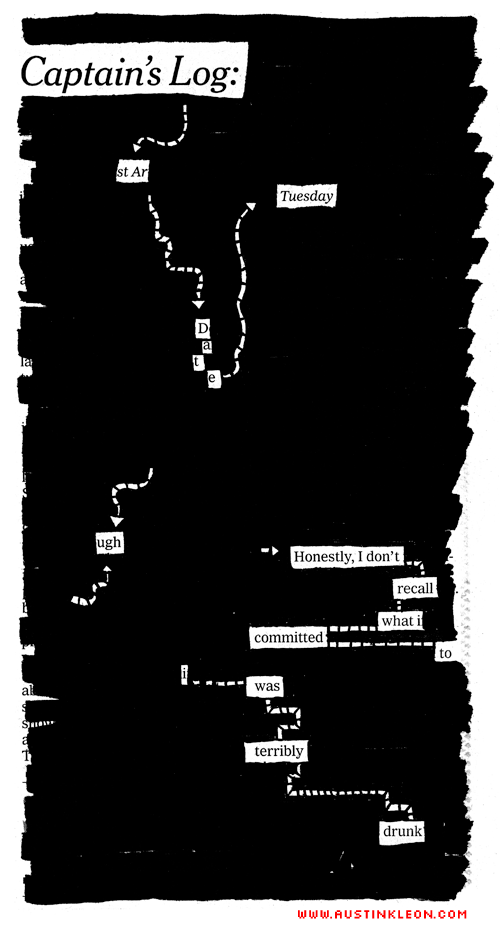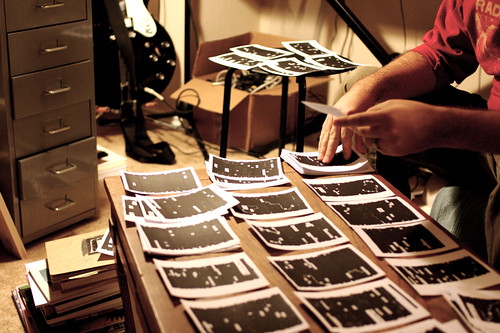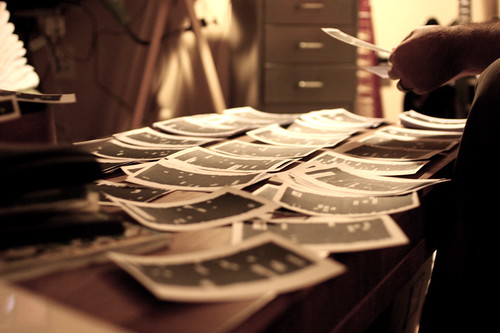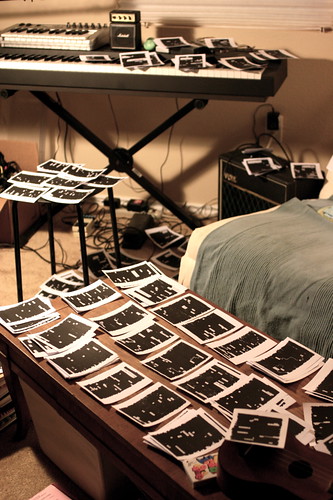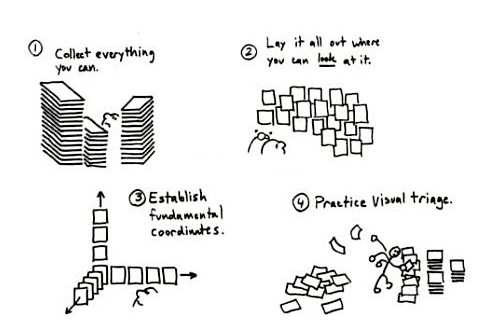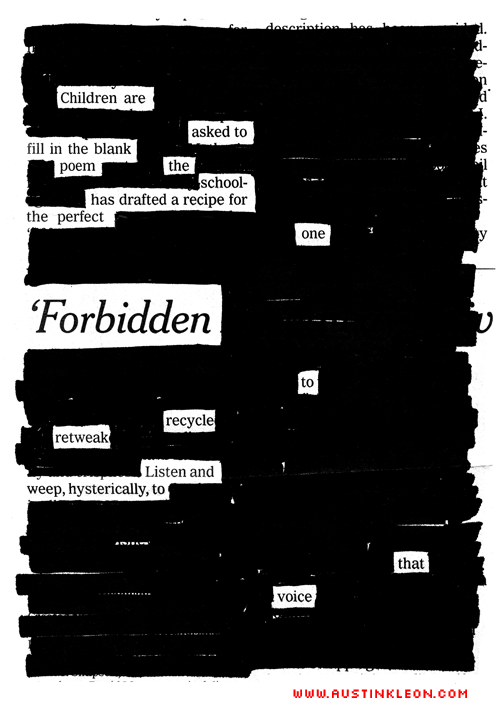I’m about to finish up the first draft of my manuscript and send it off to my editor.
Last night my wife and I were talking about the book, the book only she and I have read, and I asked her, “Is it something you’d want to read?”
A cliched piece of writing advice is to “write what you know,” but really, this is terrible advice. The late, great John Gardner tells us:
Nothing can be more limiting to the imagination, nothing is quicker to turn on the psyche’s censoring devices and distortion systems, than trying to write truthfully and interestingly about one’s own home town, one’s Episcopalian mother, one’s crippled younger sister. For some writers, the advice may work, but when it does, it usually works by a curious accident: The writer writes well about what he knows because he has read primarily fiction of this kind–realistic fiction of the sort we associate with The New Yorker, the Atlantic Monthly, or Harper’s. The writer, in other words, is presenting not so much what he knows about life as what he knows about a particular literary genre. A better answer, though still not an ideal one, might have been “Write the kind of story you know and like best–a ghost story, a science-fiction piece, a realistic story about your childhood, or whatever.”
Though the fact is not always obvious at a glance when we look at works of art very close to us in time, the artist’s primary unit of thought–his primary conscious or unconscious basis for selecting and organizing the details of his work–is genre.”
Not write what you know. Write what you like.
Bradford Cox, lead singer of the band Deerhunter (a new favorite of mine — get their album Microcastle) recently commented on his blog about the leak of the new Animal Collective album:
Back in the 90’s when I was first starting to make 4-track tapes I had a game where I would make a fake version of an album I was anticipating. If Pavement’s Brighten the Corners were (sic) coming out soon, I had to wait till release day to hear it. I would record a set of songs that I would want the Pavement album to sound like. Some of those songs ended up becoming Atlas Sound and Deerhunter songs years later.
My advice to those who are so desperate for AC’s album to leak is to pick up instruments and make your own version of what you would want it to sound like. Respect the BANDS wishes and wait till release day. Then you can compare your new songs with theirs. Who knows. Maybe your album will be the one people are wanting to leak next year.
I’m reminded of the last Dirty Projectors album, where Dave Longstreth found an empty cassette case of Black Flag’s Damaged and recreated the album from memory.
The manifesto is this: draw the art you want to see, make the music you want to hear, write the books you want to read.
